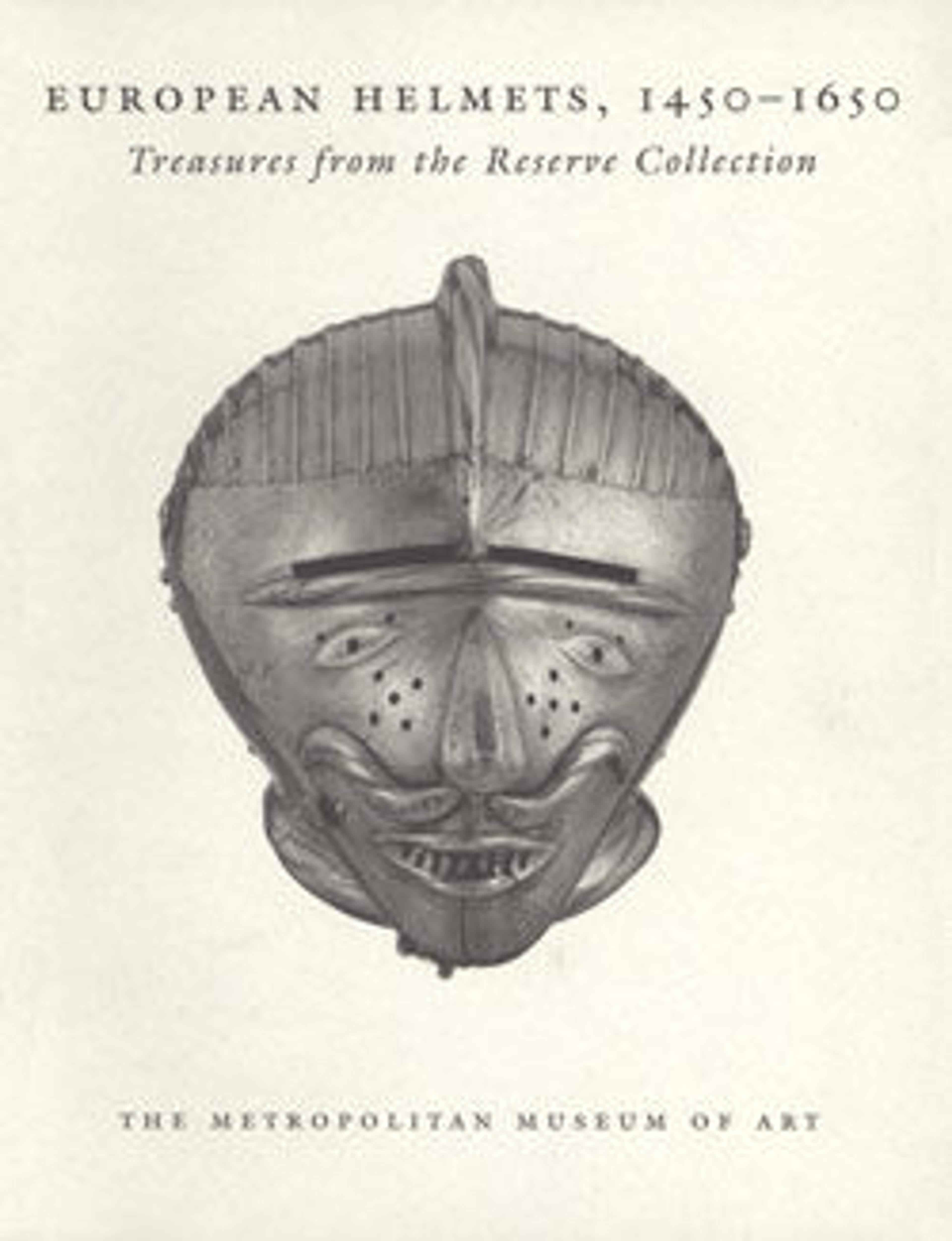Helmet Crest for the Burgonet of Sforza Pallavicino (1519–1585)
The helmet crest as a badge of identity became a necessity in the thirteenth century, when European knights began to wear helmets that covered their faces. By the sixteenth century the use of crests tended to be limited to tournaments and funerary decorations in churches. For practical reasons most crests were fashioned from lightweight materials, such as gessoed and painted leather or wood, whereas this rare example is of gold-damascened iron. The seven-headed Hydra was the personal device of Sforza Pallavicino (ca. 1510–1585), a soldier who served in the imperial, papal, and Venetian armies. This crest, which is 7 5/8 inches in height, was intended to surmount a richly embossed and damascened helmet (now in the State Hermitage Museum, Saint Petersburg) that bears the same Hydra emblem. (The rear portion of the tail appears to be an inaccurate restoration.)
Artwork Details
- Title:Helmet Crest for the Burgonet of Sforza Pallavicino (1519–1585)
- Date:ca. 1560
- Geography:Milan
- Culture:Italian, Milan
- Medium:Iron, gold
- Dimensions:7 5/8 x 4 1/16 x 6 1/2 in. (19.4 x 10.3 x 16.5 cm); Wt. 1 lb. 8 oz. (675 g)
- Classification:Helmet Crests
- Credit Line:Gift of Mrs. George Henry Warren, in memory of her husband, 1972
- Object Number:1972.144.4
- Curatorial Department: Arms and Armor
More Artwork
Research Resources
The Met provides unparalleled resources for research and welcomes an international community of students and scholars. The Met's Open Access API is where creators and researchers can connect to the The Met collection. Open Access data and public domain images are available for unrestricted commercial and noncommercial use without permission or fee.
To request images under copyright and other restrictions, please use this Image Request form.
Feedback
We continue to research and examine historical and cultural context for objects in The Met collection. If you have comments or questions about this object record, please contact us using the form below. The Museum looks forward to receiving your comments.
